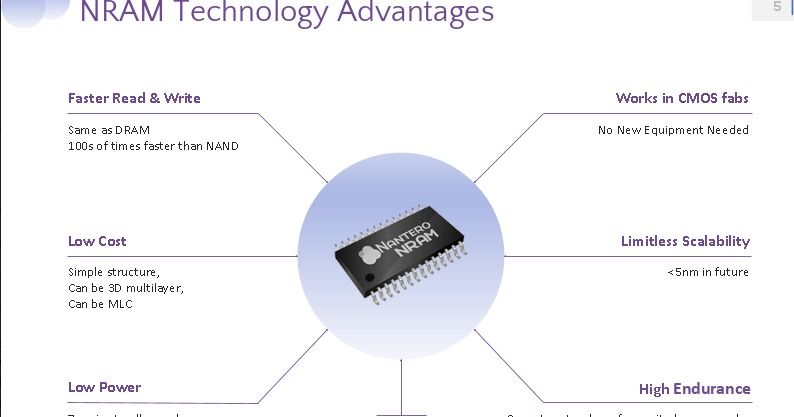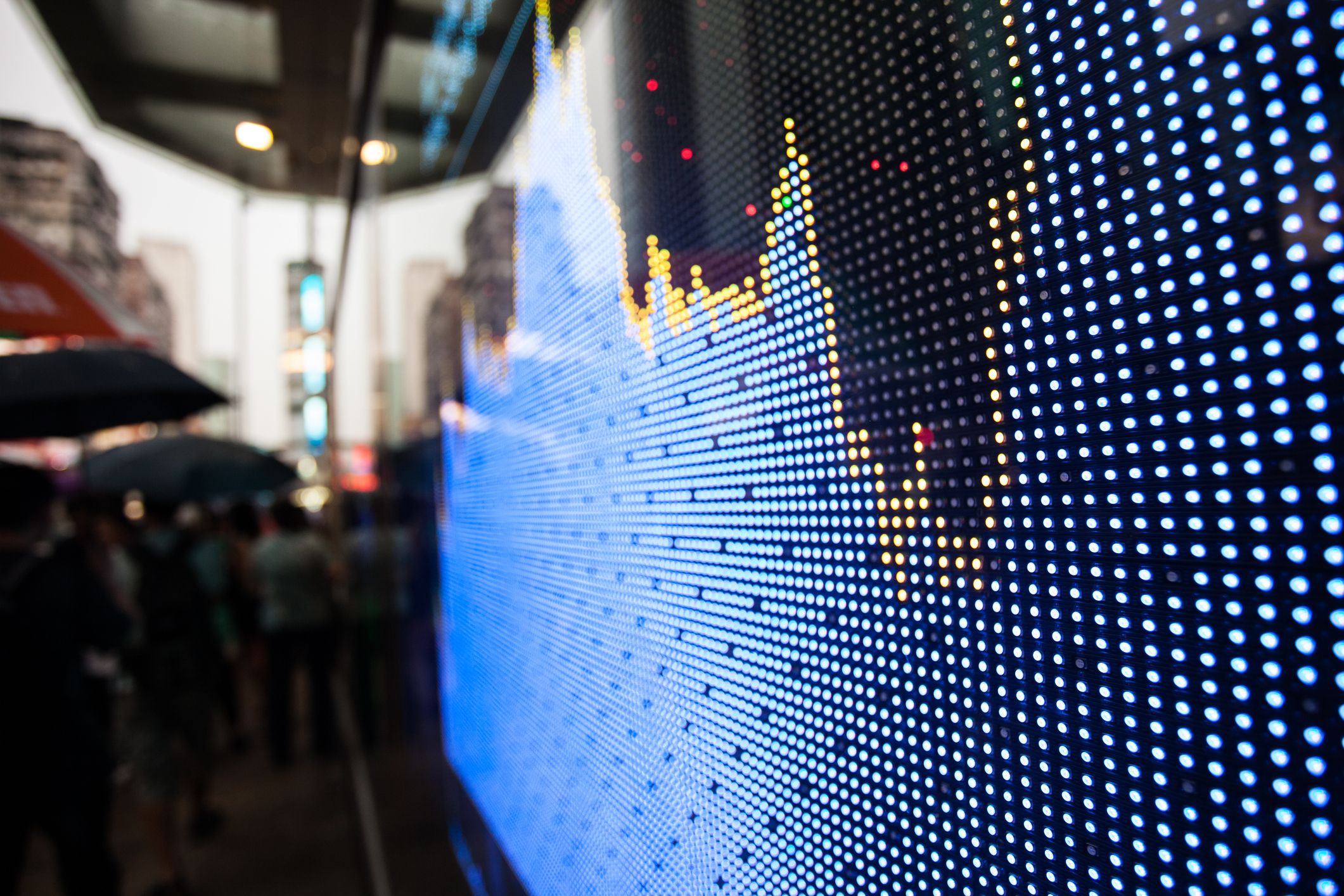Dr. Aubrey de Grey from the SENS Research Foundation was kind enough to talk in support of CellAge and their campaign on Lifespan.io
We are developing tools to help researchers accurately target and remove dysfunctional cells in the body that have entered a state called “senescence”, and thereby assist in restoring it to youthful functionality. Please subscribe, share, and fund our campaign today! ►Campaign Link: https://www.lifespan.io/campaigns/cellage-targeting-senescent-cells-with-synthetic-biology/ ►Subscribe: https://www.youtube.com/user/LifespanIO?sub_confirmation=1
Our society has never aged more rapidly – one of the most visible symptoms of the changing demographics is the exponential increase in the incidence of age-related diseases, including cancer, cardiovascular diseases and osteoarthritis. Not only does aging have a negative effect on the quality of life among the elderly but it also causes a significant financial strain on both private and public sectors. As the proportion of older people is increasing so is health care spending. According to a WHO analysis, the annual number of new cancer cases is projected to rise to 17 million by 2020, and reach 27 million by 2030. Similar trends are clearly visible in other age-related diseases such as cardiovascular disease. Few effective treatments addressing these challenges are currently available and most of them focus on a single disease rather than adopting a more holistic approach to aging.
Recently a new approach which has the potential of significantly alleviating these problems has been validated by a number of in vivo and in vitro studies. It has been demonstrated that senescent cells (cells which have ceased to replicate due to stress or replicative capacity exhaustion) are linked to many age-related diseases. Furthermore, removing senescent cells from mice has been recently shown to drastically increase mouse healthspan (a period of life free of serious diseases).
Here at CellAge we are working hard to help translate these findings into humans!
CellAge, together with a leading synthetic biology partner, Synpromics, is going to develop synthetic promoters which are specific to senescent cells (SeneSENSE), as promoters that are currently being used to track senescent cells are simply not good enough to be used in therapies. The most prominently used p16 gene promoter has a number of limitations, for example. As our primary mission is to expand the interface between synthetic biology and aging research as well as drive translational research forward, we will offer senescence reporter assay to academics for free. We predict that in the very near future this assay will be also used as a quality control step in the cell therapy manufacturing process to make cell therapies safer!
As our secondary goal, we will focus on validating gene therapies for senescent cell eradication (SeneHEALTH) – initially for patients with progeroid syndromes, then for patients who underwent radiotherapy (during which the number of senescent cells are increased) or developed age-related disease and eventually for healthy individuals.








